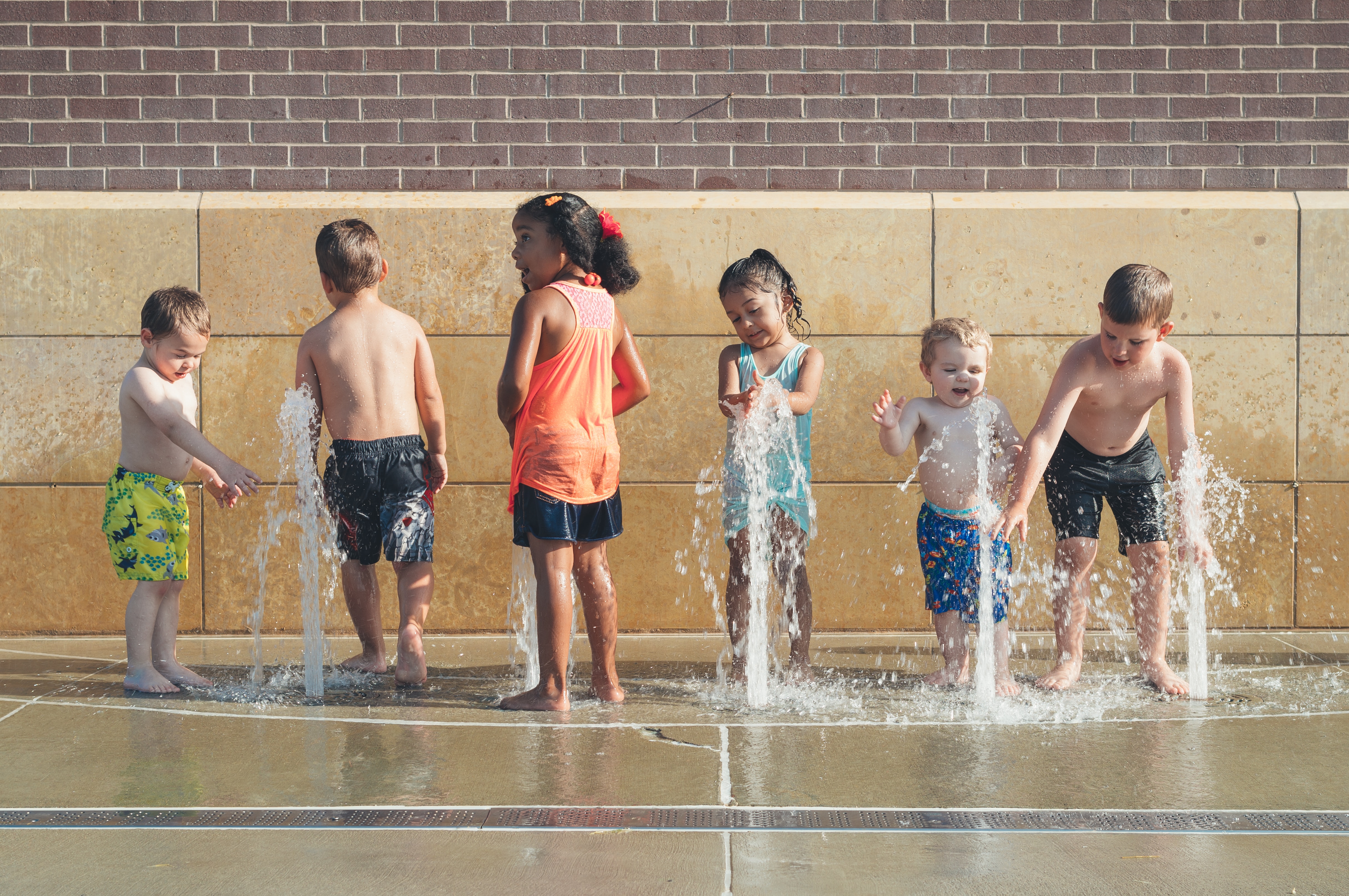How to Turn Your Existing Playground Inclusive on a Budget
Posted by May Recreation Content Team on

Community and commercial playgrounds are designed and built to last for years and years of enjoyment, but all playgrounds must be assessed annually for equipment that needs to be upgraded or replaced.
“Knowing when to replace old playground equipment can be tricky,” says Miracle Recreation, one of the leading playground equipment providers in the country.
One of the benefits of upgrading or replacing your existing playground is that you can take this opportunity to make sure your equipment and recreational area is designed so that children of all ages and abilities can play and have fun together.
While in the past inclusiveness may have only focused on such basics as wheelchair accessibility, in 2021 inclusiveness translates into a whole host of new and exciting equipment options.
“It goes beyond basic wheelchair accessibility and ensures that all kids have an inviting and enjoyable playground experience,” says Miracle Recreation.
In an era of tight playground budgets, making your existing playground more exclusive can be accomplished without breaking the bank.
Designing an Inclusive Playground for All
What is exactly an inclusive playground that can accommodate all ages and
abilities?
Miracle Recreation says that an inclusive playground should “welcome everyone of different ages and abilities, not just children. This includes families with children and parents who have sensory-processing disorders, autism, and people of all ages in wheelchairs and other mobility devices.
An inclusive playground should include the following fundamentals:
Provide Multi-Sensory Play Experiences: All kids learn at their pace, and multi-sensor play experiences help kids explore their world and develop physical strength, cognitive functioning, and develop motor skills. Multi-sensory experiences can include:
- Vestibular (movement and balance)
- Proprioceptive (body positioning)
- Tactile (touch)
- Auditory (hearing)
- Visual
Encourage All Kids to Play: An inclusive playground should be designed to provide a safe space where kids of all ages and abilities can come together and share experiences. This design can be accomplished by:
- Provide real choices of play for each child
- Offer equipment that can be used and appeals to multiple age groups
- Group similar equipment together
- Provide a graduated range of challenges
Allow Greater Accessibility: An inclusive playground allows for kids in wheelchairs, on crutches and with other mobility issues the ability to play. Design elements should include:
- Wide movement routes
- Smooth, even transitions on and off equipment
- Protective, shock-absorbing unitary surfacing
Support Kids on the Autism Spectrum: Kids with sensory integration disorders, or those on the autism spectrum, need playground equipment that stimulates their senses without overwhelming them. Design elements might include:
- Establishing perimeter paths and fencing
- Providing a wayfinding system that includes an orientation path
- Offering cozy, quiet spaces
Create Welcoming Social Environments: There are different stages of play and equipment needs to support kids in each stage from interacting and playing games with their friends to wanting a space alone. Equipment should support theses stages of play:
- Solitary Play
- Onlooker Play
- Parallel Play
- Associative Play
- Cooperative Play
Deciding What Playground Equipment to Replace
If your budget does not allow for the design and build of an entirely new playground, then you will want carefully which equipment to upgrade or replace.
There are some easy indicators of which playground may need replacing including:
- Playground equipment visibly damaged and/or has missing parts
- Playground equipment no longer operating as intended or designed
- Playground equipment that has already been repaired in the past, often from overuse
- Playground equipment no longer deemed safe because of industry standards changing
Adding Inclusive Equipment to Your Playground
“You can easily make any playground more accessible and inclusive,” says Miracle Recreation. “It may be a matter of adding a few new pieces of equipment to make a playground for everyone.”
For small changes to keep you within budget, Miracle Recreation recommends the following ADA-compliant equipment:
- Ramps: Provide a space for wheelchairs to turn around. These allow children to reach elevated play. Provide handrails on both sides of the ramp.
- Inclusive Slides: An accessible and inclusive slide makes it easy for children of all abilities to reach the top of the slide.
- Ground-level Play Activities: Children can interact and play on the ground level regardless of developmental or ability levels. This free-standing type of equipment can easily be added to any open area of your existing playground.
- Sensory Activities: This type of equipment not only appeals to those children on the autism spectrum, but all children love to experiment with sensory playground equipment.
- Inclusive Swings: ADA-compliant inclusive swing seats can offer extra support and security from children that might not be able to enjoy traditional swings.
- Wheelchair-Accessible Equipment: Playground equipment can be designed to allow those in wheelchairs to roll onto.
Contact May Recreation in the Houston area today for help in making your existing playground more inclusive.
